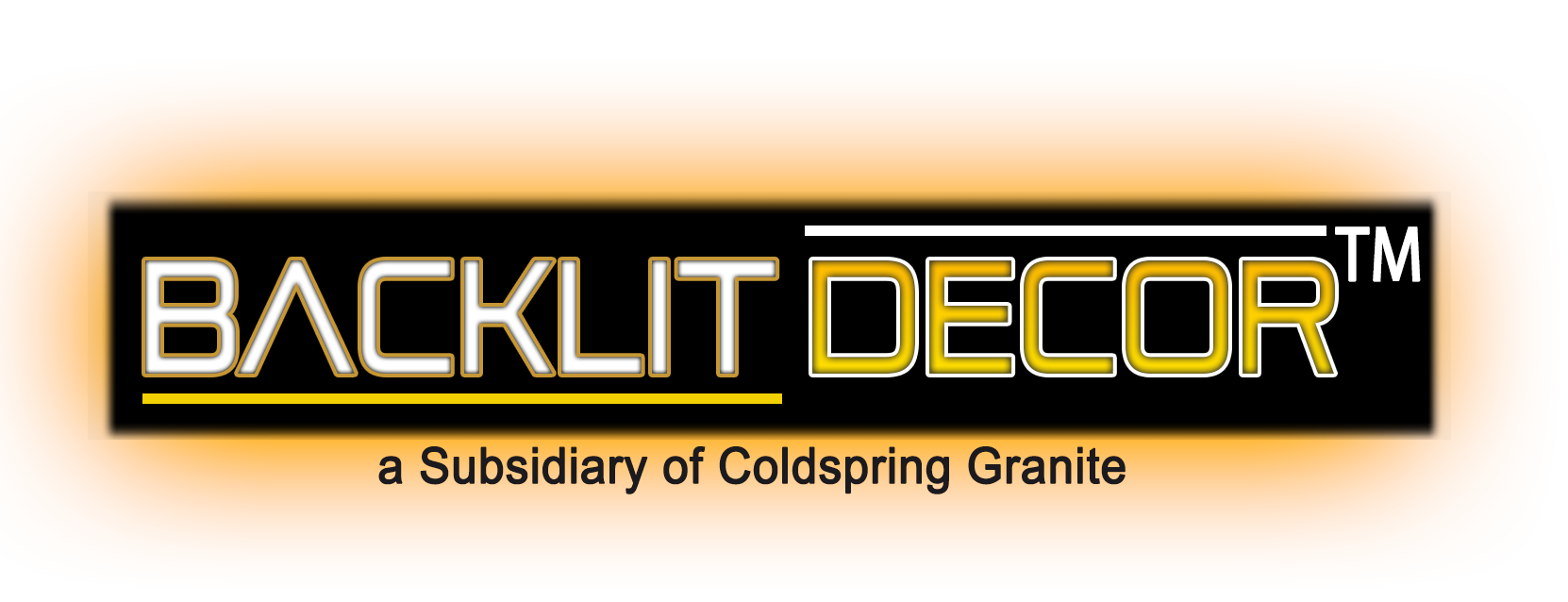Backlighting Gone Wrong
Occasionally we get comments from Designers or Architects like "what can be so hard to put lighting behind Stone, Onyx, etc.?"
Here are some images from Designers and Trades who were asked to fix things gone badly. You be the judge!
|
A seemingly expensive installation where lighting issues were totallly botched. Individual LED nodes visible, bottom row strips on tub seem to have dislocated (not our project). |
| |
|
|
A gorgeous bookmatched Onyx job with lighting completely butchered (not our project). |
| |
|
| |
Lighting was certainly not one of the primary concerns on this project (not our project). |
|
A client sent us this photo of a bar in a 5-Star Hotel in Switzerland.
Light source was placed too close to the Onyx and light distribution therefore insufficient. Fluorescent lamps clearly visible.
|
| |
|
| |
Placement and power of light source not considering varying translucence (not our project).
|
| |
|
| |
Complete mismatch of color temperature to stone material. It was later fixed, changing out hundreds of bulbs (not our project). |
| |
|
|
Fluorescent bulbs clearly visible and distracting, appearance of the stone material ruined (not our project). |
| |
|
|
Mixed light sources placed too closely to the surface. Intended look or botched? You be the judge! |
| |
|
|
Sad to say, but this was one of our clients who insisted to do the lighting herself. |
So why did this happen?
Because electricians or for that fact electrical engineers designers & architects just do not know how different surface materials react to light neither is it their job. Even we don't know at times when we receive new materials and have to experiment until we get it right. We discourage from experimenting on site!
The correlation between surface & light is determined by a number of factors:
- surrface density
- surface thickness
- carrier materials
- type of surface material
- type of light source
- spacing of light source
- distance to surface
- intensity of lighting (lumens)
- color temperature
Working on any given project we test, adjust and coordinate every aspect in order to achieve illuminated surfaces without showing LED nodes, hot or cold spots.


















